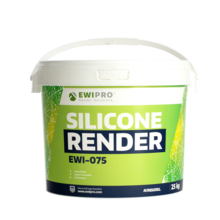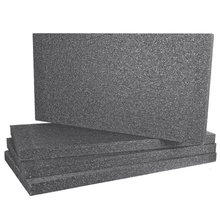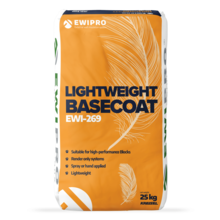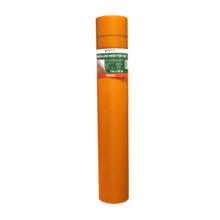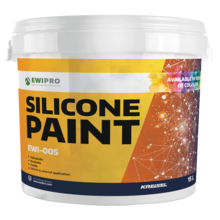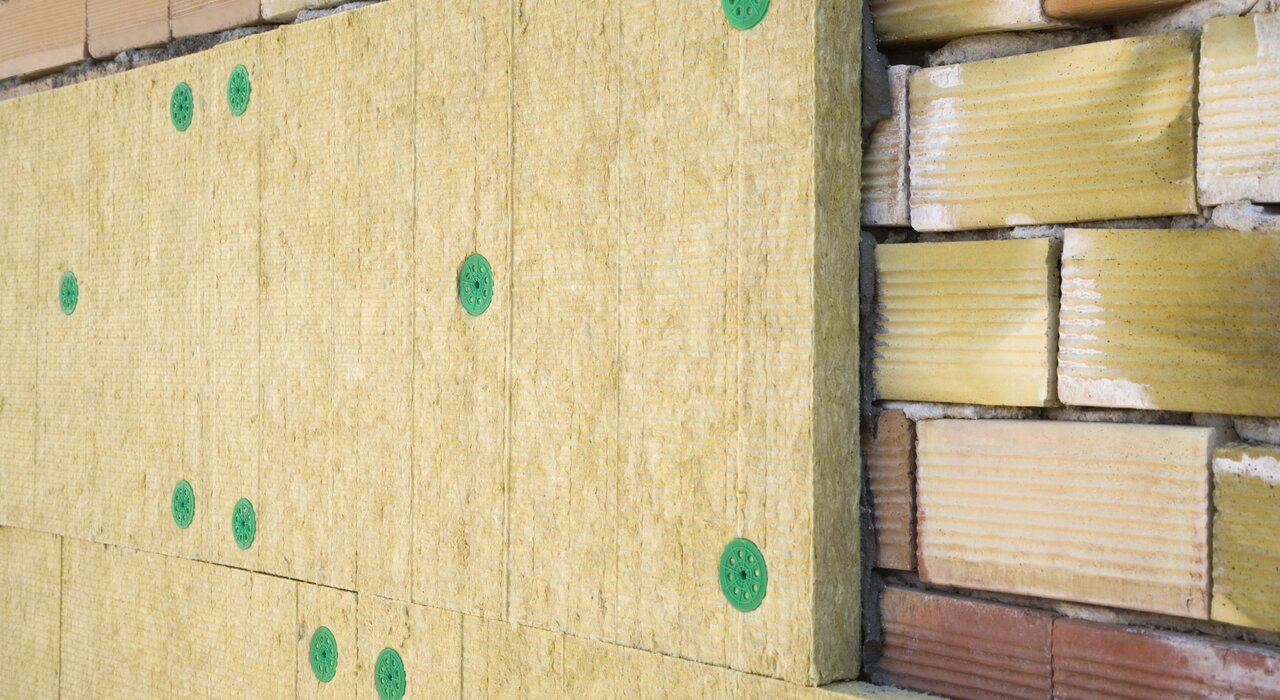
When upgrading the exterior of a property, improving thermal performance is often a key objective. Two terms that frequently arise are “thermal render” and “external wall insulation” (EWI) – but they are not the same thing. In this blog, we’ll explore the differences, benefits and installation processes of both, so you can make an informed decision for your renovation project.
What is the Difference Between Thermal Render and External Wall Insulation?
External wall insulation systems are composed of physical insulation boards, such as EPS (Expanded Polystyrene), which are fixed to the external surface of a property using adhesive and mechanical fixings. These boards are then covered with a reinforcement layer and render, which provides both protection and a decorative finish.
Thermal render, on the other hand, refers to a type of render with low thermal conductivity. Rather than being a multi-layered insulation system, thermal render is a standalone product designed to provide a small degree of thermal improvement. An example is our Lightweight Basecoat, which has a thermal conductivity of 0.47 W/mK – meaning it slows down heat transfer more effectively than standard basecoat.
While both systems contribute to thermal performance, external wall insulation offers significantly greater insulating potential.
Benefits of External Wall Insulation
If improving your home’s energy efficiency is your primary goal, external wall insulation is by far the superior choice. Here’s why:
1. Customisable Levels of Insulation
EWI allows you to select the thickness of insulation boards to meet your specific U-value targets. The thicker the board, the better the thermal performance.
2. Choice of Insulation Materials
At EWI Store, we offer a range of insulation types, each with unique benefits:
-
EPS – Cost-effective with good thermal performance
-
Mineral Wool – Fire-resistant (Euroclass A1), with added acoustic insulation
-
Kingspan K5 – High-performance phenolic insulation
-
Wood Fibre – A breathable, eco-friendly option ideal for heritage properties
Each material has its own thermal conductivity rating and performance characteristics, giving you control over the balance between cost, efficiency, and application requirements.
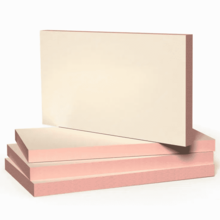
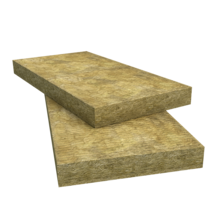
3. Enhanced Building Protection
EWI systems protect the underlying structure from weathering and thermal stress, which can reduce long-term maintenance costs.
4. Improved Indoor Comfort
By reducing thermal bridging and insulating the entire external envelope, EWI helps maintain a consistent internal temperature throughout the year.
In contrast, thermal render alone offers only marginal thermal benefit and is typically used in conjunction with cavity wall or internal wall insulation for any noticeable energy efficiency improvements.
When Might Thermal Render Be Suitable?
While EWI is the gold standard for thermal upgrades, there are situations where thermal render may still be considered:
-
You already have cavity wall insulation and want to improve the external finish
-
Budget constraints make a full EWI system unfeasible
-
Planning restrictions limit what can be installed externally
Our Lightweight Basecoat is a popular thermal render product. It can be applied up to 50mm thick in two layers. A fibreglass mesh is embedded in the first pass to provide reinforcement, followed by a second pass to reach the desired thickness. Once cured, a thin coat render or Silicone Paint can be applied for a decorative and weather-resistant finish.
External Wall Insulation vs Thermal Render: Which Should You Choose?
| Feature | External Wall Insulation | Thermal Render |
|---|---|---|
| Thermal Performance | High | Low |
| Insulation Thickness Options | Yes | Limited (up to 50mm) |
| Material Choice | EPS, Mineral Wool, K5, Wood Fibre | Typically one or two basecoat options |
| Fire and Acoustic Benefits | Yes (varies by material) | Limited |
| Decorative Finish | Yes | Yes |
| Cost | Higher | Lower |
| Suitable for Retrofit Projects | Yes | Yes (with existing insulation) |
If thermal performance and long-term energy savings are your priority, external wall insulation is the clear winner. However, thermal render still serves as a useful option for improving thermal comfort on a tighter budget or where full EWI isn't practical.
Need Help Choosing the Right Solution?
Whether you're insulating a solid wall home or simply looking to upgrade your façade, our team at EWI Store can help you select the best solution for your needs. We offer a full range of thermal renders, basecoats, insulation boards and decorative finishes – along with expert guidance every step of the way.
Get in touch or browse our full product range today.

